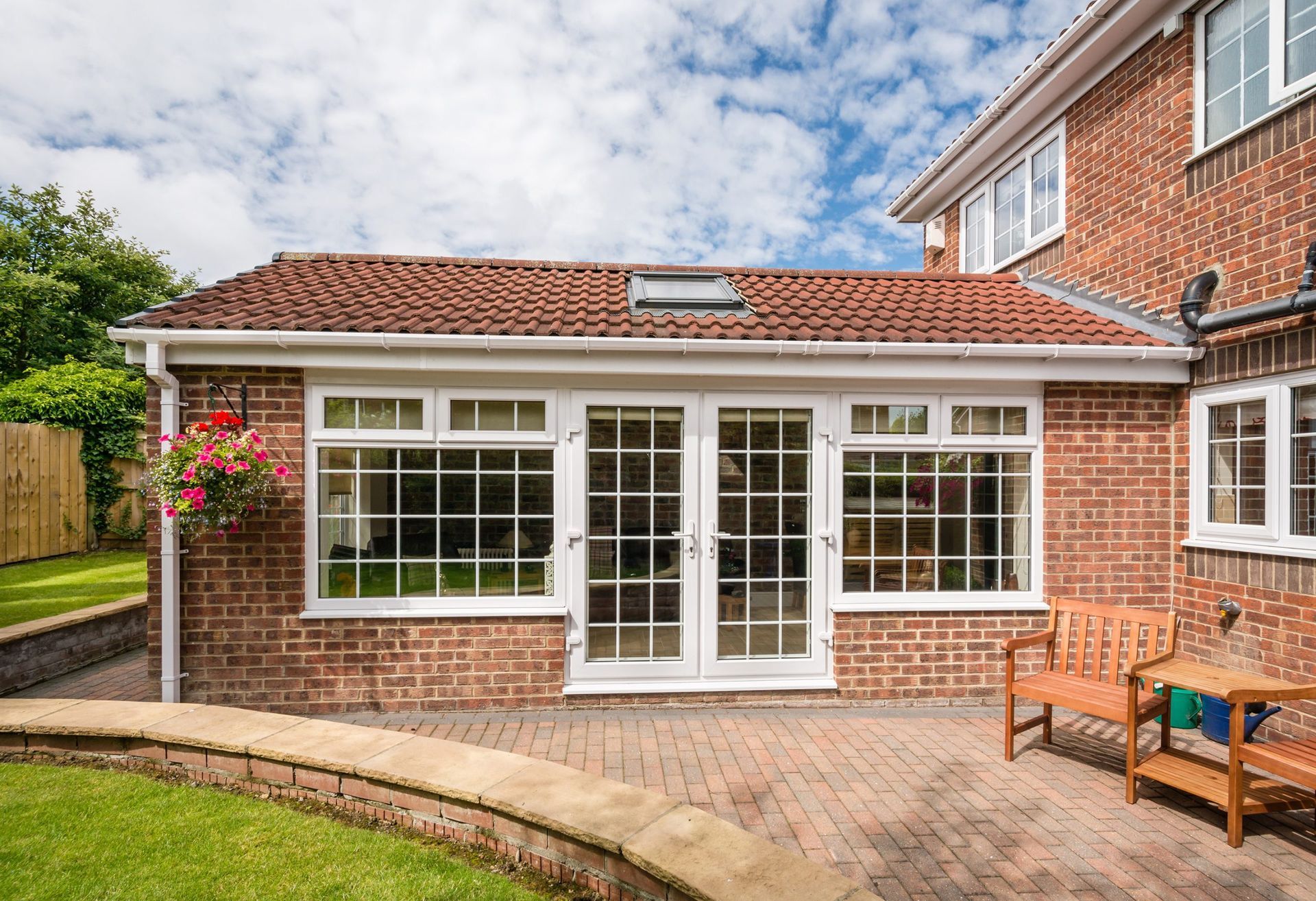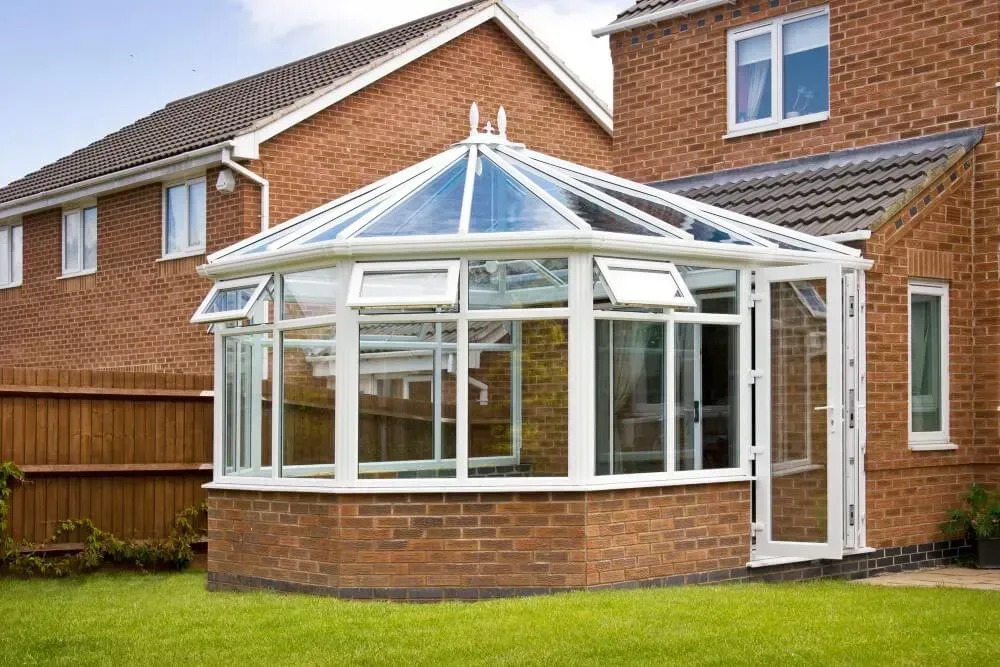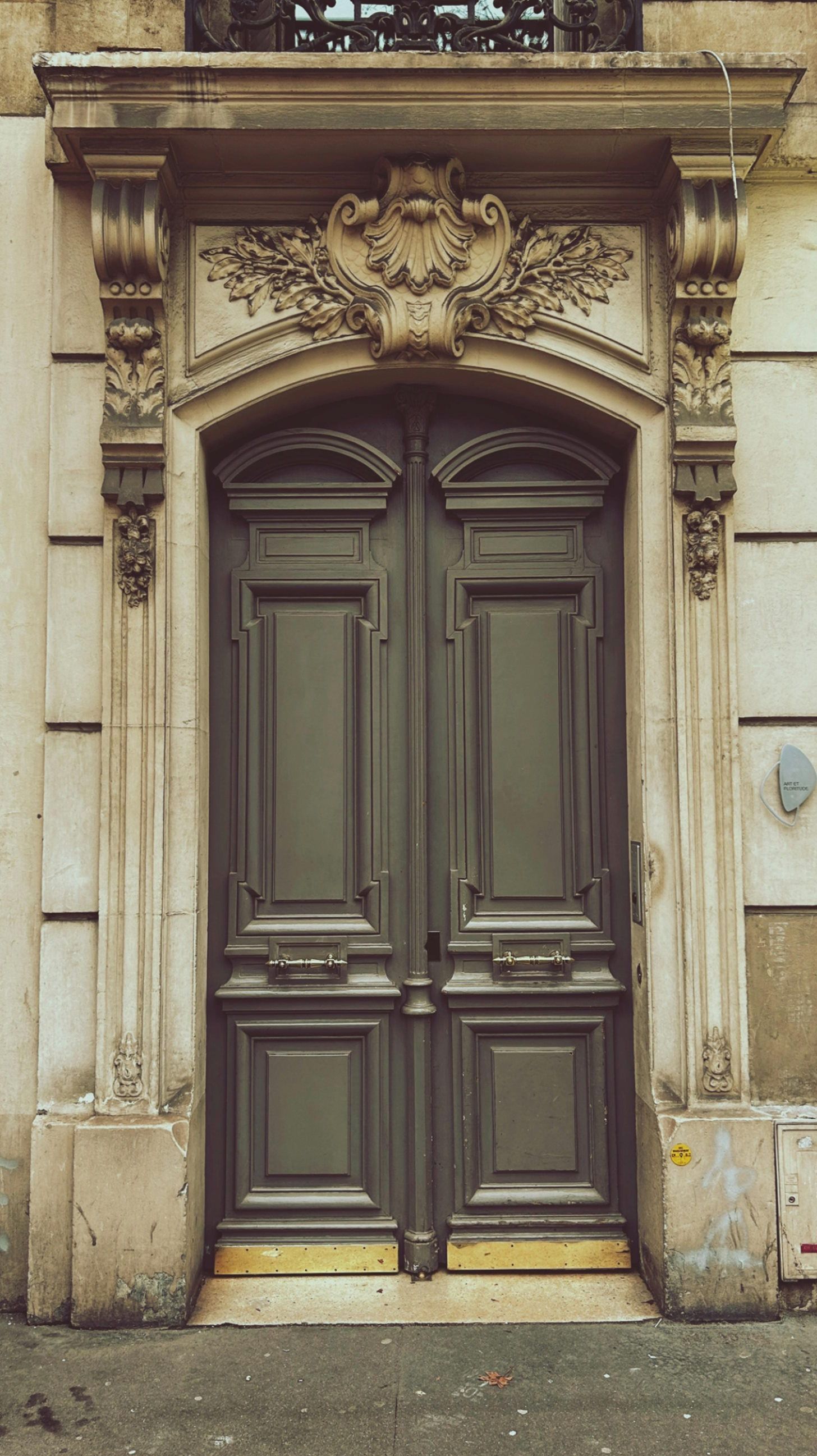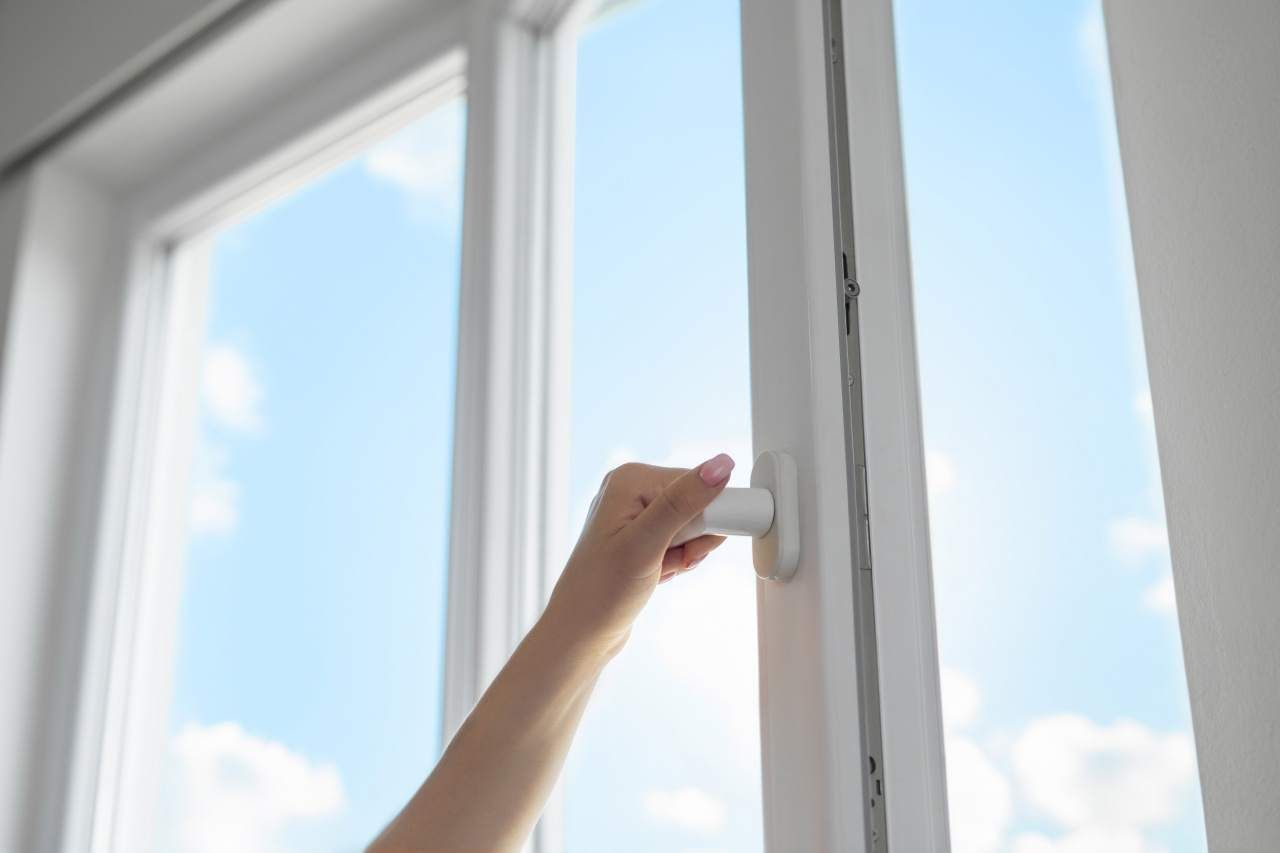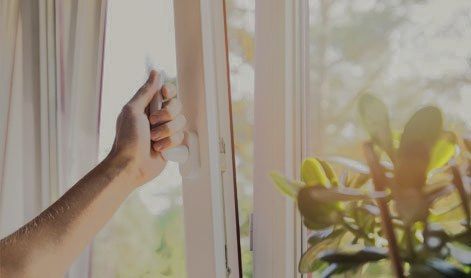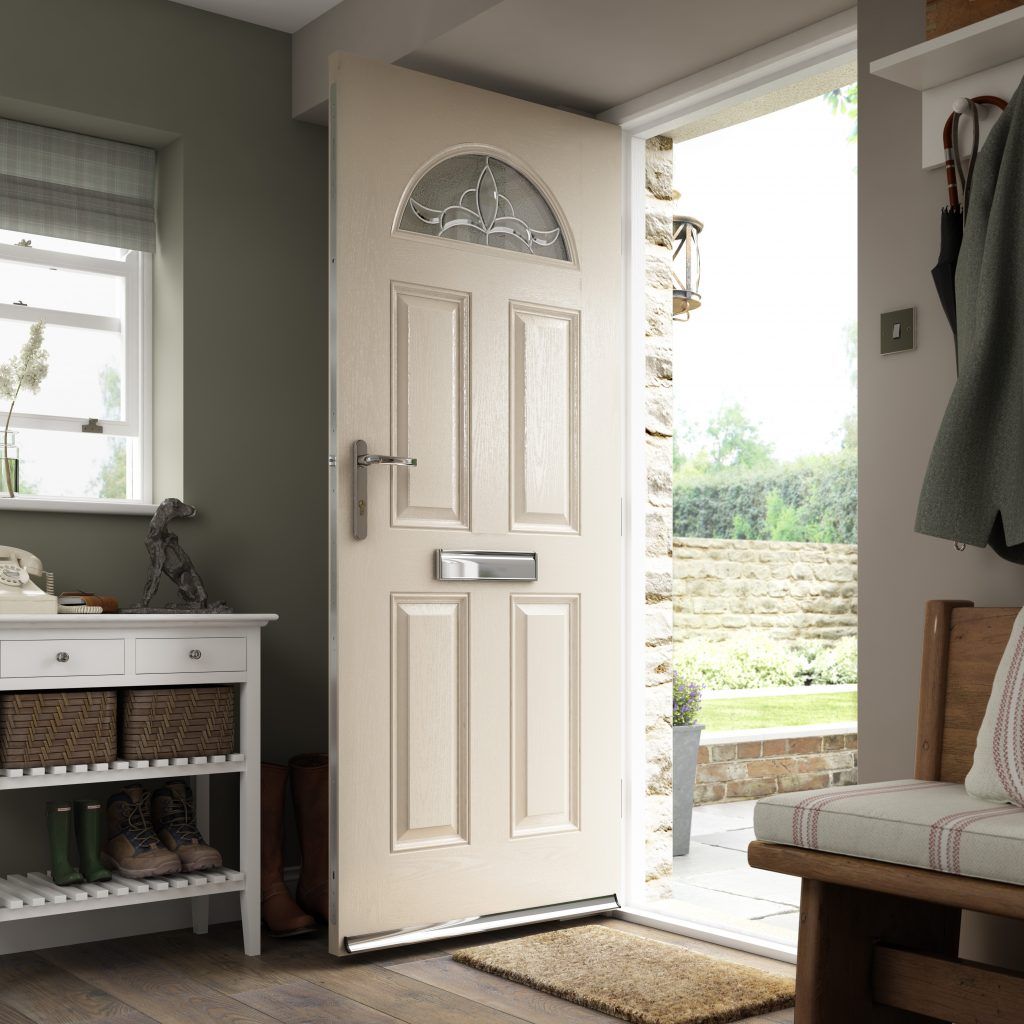Different Types of Conservatories and Their Benefits
Many of us are looking for ways to expand or make the most of space in our homes, whether that’s by converting a loft or cellar or adding an extension. Choosing to add a conservatory to your home is one way to increase your space and there are many different styles to choose from to suit all tastes. From a traditional Victorian conservatory to a more minimalist, modern style, conservatories can increase the value of your home and provide a place to relax, entertain or enjoy your garden all year round.
If you’ve been thinking about investing in a conservatory but aren’t sure which style or material would be best, read on for our handy guide to different types of conservatory designs and their benefits.
A conservatory is essentially just an extra room or small building that’s attached to the main house on one side. The walls and roof of a conservatory are made from glass, with a frame typically made from uPVC, aluminium or wood. It’s this large amount of glass which makes the conservatory stand out from a traditional extension, which would usually be larger and built predominantly from brick. To qualify as a conservatory, a building must have at least 50% of its side walls glazed and at least 75% of its roof made from a translucent material.
Conservatories first originated in the 17th century as a way for wealthy landowners to grow citrus fruits such as oranges and lemons. They reached the height of popularity in the 19th century, as a boom in glass production and methods meant it was much easier and cheaper for conservatories to be produced. There was also a glass tax in place in England until 1845 based on weight, which meant that many glass panes were very thin and not suitable for constructing a conservatory. Once this tax was lifted, it was much more affordable to use the amount of glass necessary for a high-quality conservatory.
Do I need planning permission?
In the majority of cases, you will not need planning permission to erect a conservatory, especially if it’s on the smaller side. Under current rules, you do not need to apply for planning permission if the conservatory is less than four metres in height (or no higher than your home’s roof). It also cannot obstruct a public road or extend by more than three metres if you live in a non-detached house; if your plans conflict with any of these rules then you’ll need to apply for planning permission before going ahead.
While the predominant material of a conservatory is of course glass, there are several different materials which can be used for the frame. For more information about your material options, see our guide below.
uPVC is a very popular material for modern conservatory frames as it’s affordable, durable and requires very little maintenance. It won’t chip or fade in the sun so you don’t have to worry about repainting the frame every couple of years. It also provides excellent insulation, keeping your conservatory warm in winter and cool during the summer months.
However, uPVC needs to have a reasonable level of thickness to be able to support a conservatory and guidelines recommend a minimum thickness of 55mm, and up to 80mm if the structure is supporting a glass roof.
Aluminium frames are another durable and sturdy choice, and like uPVC, they require little maintenance. They’re not as efficient at insulating, however, so should ideally include thermal breaks to help improve this. Aluminium is corrosion-proof and resistant to bad weather conditions, making it ideal for an outdoor conservatory, and the frames can be made very thin, meaning that the maximum amount of light can enter the space.
Wooden timber frames are a good choice for anyone in search of a traditional, natural look for their conservatory. Nowadays, timber can be reinforced to ensure that it’s just as durable as the materials above, but it does require more maintenance. The wood needs to be properly treated before use to ensure it doesn’t warp or distort over time and different woods can require different treatments, so check first before painting or treating your timber.
Conservatory styles
There are many different styles of conservatory to choose from; from modern designs like a lean-to, or a traditional Edwardian or Victorian style. If you’re not sure which type of conservatory would be best suited for you and your home, read on for our guide.
Don’t be put off by the name if you’re looking for a more modern conservatory, as a Victorian-style can look just as chic in both contemporary and traditional homes. Victorian conservatories are characterised by a wide bay facade, a detailed ridge and a steep roof. They’re usually constructed in one of two primary styles; one with three larger windows and an angled facade, or one with five or more large windows with more rounded edges. The latter tends to be more expensive but it does offer a very popular and stylish look.
This style of conservatory is similar to the Victorian design, but a flat front and square walls offer more space than the Victorian counterpart. Edwardian conservatories also have a high roof and are easy to build, offering a fantastic versatile option for many different types of home. Edwardian conservatories can also include decorative finials, crestings and finishes if you’re looking for a more opulent design.
Also known as a Mediterranean conservatory, a lean-to model features a simple design which makes them a perfect choice for smaller homes. A lean-to conservatory has a basic rectangular layout with a single-sloped roof and they’re attached to a property via one long side. This allows the maximum amount of light to enter the space and they’re an affordable option if you’re on a tight budget, with minimal maintenance and installation costs.
A gable-fronted conservatory is based around a square or rectangular floor plan, with a roof that resembles the gable end of a house (hence the name!). This shape is designed to make the most of the indoor space and the high roof maximises the amount of natural light flooding in. Gable conservatories are often described as having a church-like style, so look best next to similar style properties or larger homes.
This type of conservatory mixes a lean-to shape with an Edwardian or Victorian design to create a ‘P’ shape. Combining two conservatory styles creates a much larger space and allows you to use your conservatory as an extra area for entertaining or large gatherings.
An orangery is technically not a conservatory but can be classed as something halfway between a conservatory and an extension. It’s a popular option for people looking for added privacy, or if you want an area that could be used as a study or space for guests to stay. Orangeries include brickwork and tend to be more substantial than a traditional glass conservatory, but modern techniques mean that they can also include a large proportion of glass if you wish.
Grassmoor Glass Ltd - Creative Conservatories for your Chesterfield Home
If you’ve been inspired to add a conservatory to your property, get in touch with the expert team at Grassmoor Glass Ltd. Based in Chesterfield, we offer a wide range of both large and small conservatories to suit every budget, including Victorian, Edwardian and gable conservatories. We’re proud to offer competitive conservatory prices and are more than happy to provide a free, no-obligation quote so there are no hidden surprises.
Our consultants are able to pay a visit to your home to discuss your options and advise which conservatory we feel would be best, based on your lifestyle and property. To book an appointment or find out more about any of our other services, including windows, doors and warm roofs, give us a call today or visit our website.



